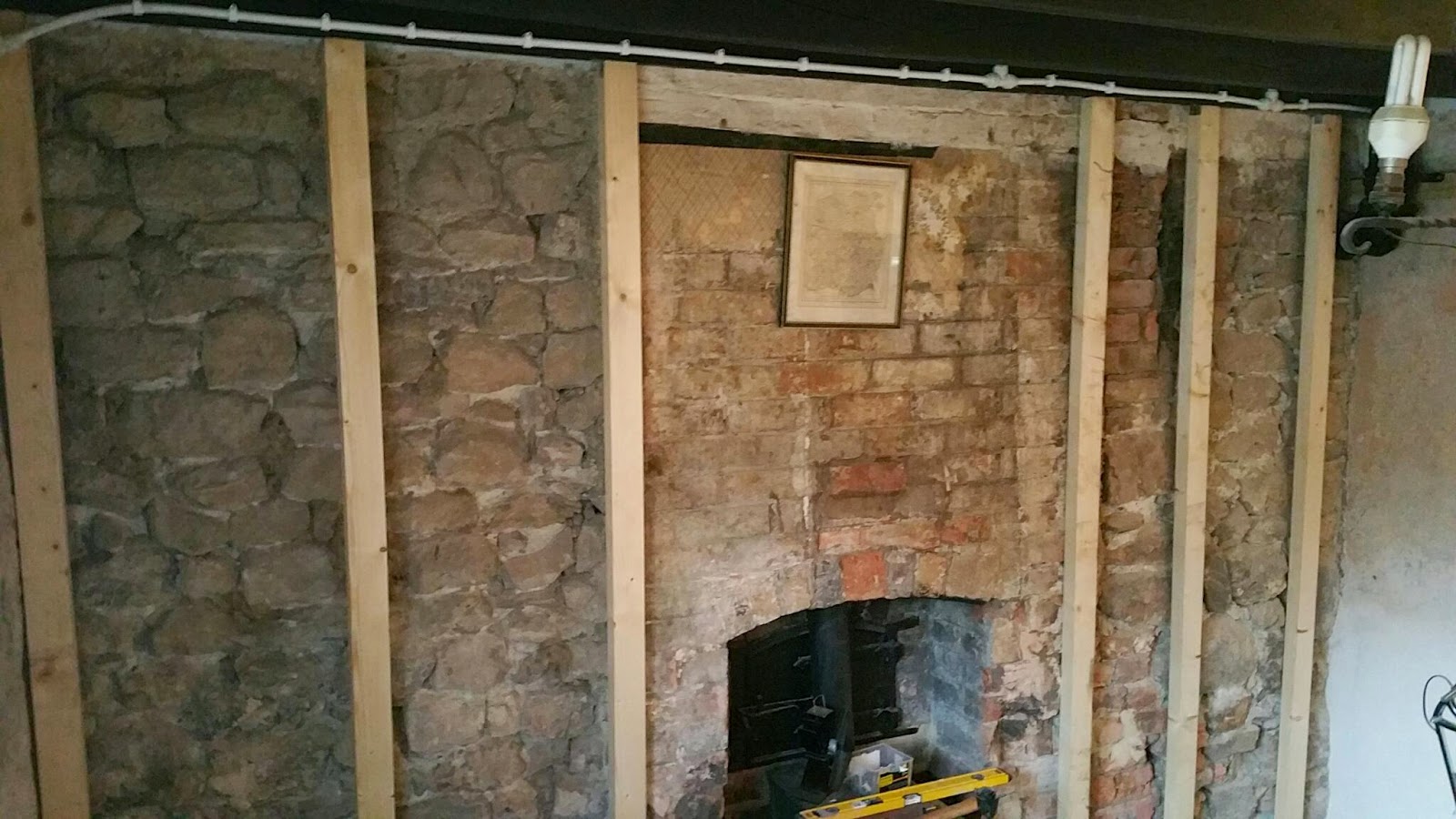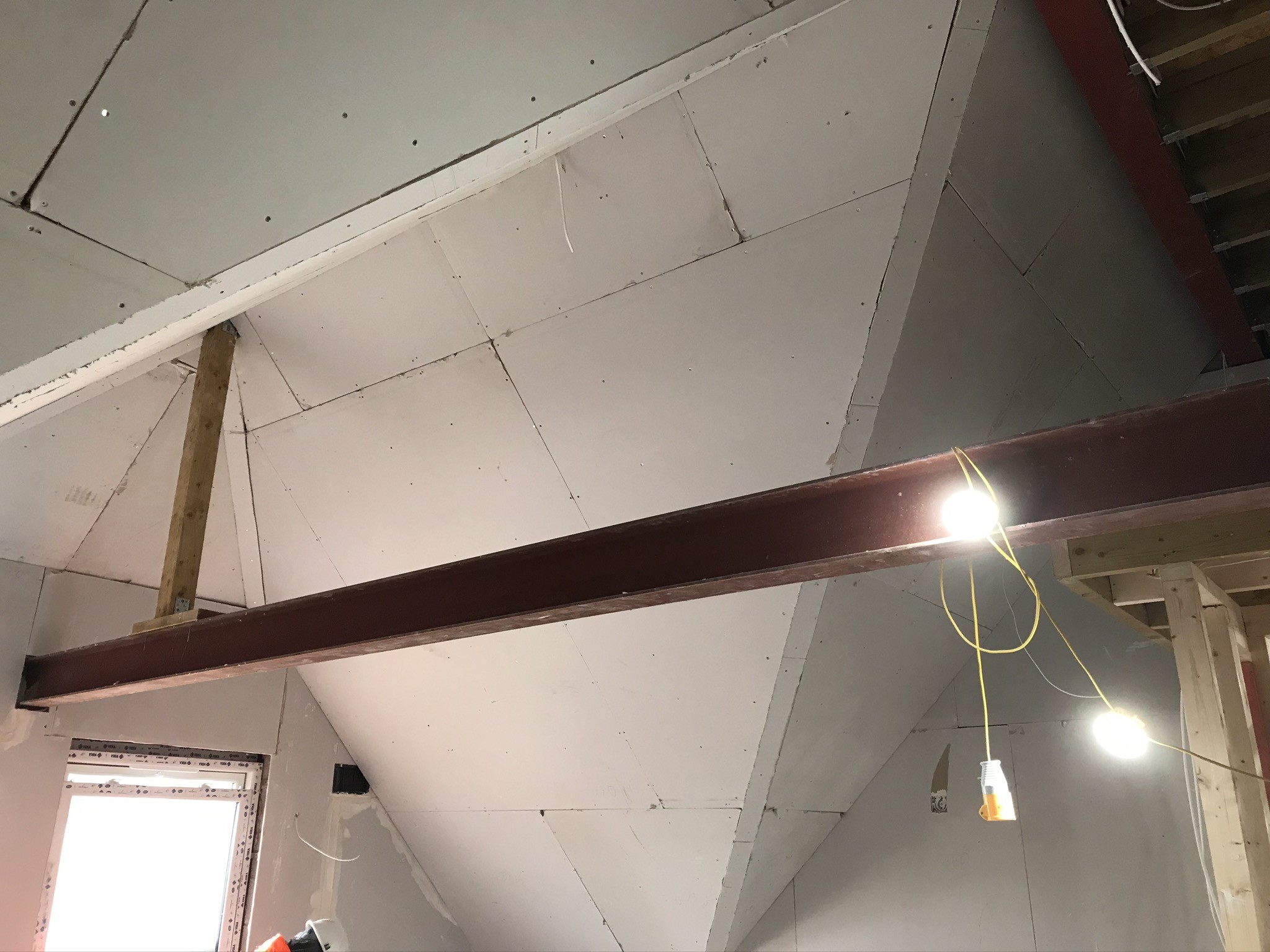Dry Lining Techniques

Dry lining bathroom walls – Dry lining is a versatile and cost-effective method for creating smooth, even surfaces on bathroom walls. It involves attaching plasterboard sheets to a metal or timber frame, providing a solid base for tiling, painting, or wallpapering.
Dry lining bathroom walls offers a versatile and efficient solution for creating a durable and moisture-resistant surface. To enhance the functionality and aesthetic appeal of your bathroom, consider incorporating a bathroom wall mixer 3 in 1. This innovative fixture combines a showerhead, spout, and handheld sprayer, providing a convenient and customizable showering experience.
As you continue dry lining your bathroom walls, remember to incorporate necessary fixtures and fittings to create a cohesive and functional space.
Installing Dry Lining
To install dry lining, follow these steps:
- Mark the wall studs or joists using a stud finder.
- Fix metal or timber battens vertically to the wall, spaced at 400-600mm intervals.
- Cut plasterboard sheets to size and lift them into place.
- Screw the plasterboard sheets to the battens using drywall screws.
- Fill any gaps or joints with jointing compound.
- Sand the surface smooth once the compound has dried.
Tips and Tricks
For a professional finish, consider the following tips:
- Use a drywall lifter to safely lift heavy plasterboard sheets.
- Countersink screws slightly below the surface of the plasterboard.
- Apply jointing compound in thin, even layers.
- Sand the surface with a fine-grit sandpaper to achieve a smooth finish.
Materials and Tools: Dry Lining Bathroom Walls

Dry lining bathroom walls requires specific materials and tools to ensure a professional and durable finish. Choosing the right materials and tools is crucial for achieving the desired results and preventing any potential issues down the line.
Materials
- Plasterboard: Moisture-resistant plasterboard is specifically designed for use in bathrooms, as it can withstand the high levels of humidity and moisture present in these spaces. It is important to use plasterboard that is at least 12.5mm thick for added strength and durability.
- Joint Tape: Joint tape is used to reinforce the joints between plasterboard panels, preventing cracks and ensuring a smooth finish. Choose a high-quality joint tape that is specifically designed for use with moisture-resistant plasterboard.
- Joint Compound: Joint compound, also known as drywall mud, is used to fill and smooth the joints between plasterboard panels. Use a setting-type joint compound for a stronger and more durable finish.
- Screws: Drywall screws are used to attach the plasterboard to the wall framing. Choose screws that are specifically designed for use with plasterboard and are the appropriate length for the thickness of the plasterboard being used.
- Adhesive: Adhesive is used to bond the plasterboard to the wall framing in areas where screws cannot be used, such as around windows and doors.
Tools
- Plasterboard Saw: A plasterboard saw is used to cut plasterboard to the desired size and shape. Choose a saw with a fine-toothed blade to prevent tearing or chipping the plasterboard.
- Drywall Lifter: A drywall lifter is a tool that helps to lift and hold plasterboard panels in place while they are being attached to the wall framing.
- Joint Knife: A joint knife is used to apply and smooth joint compound over the joints between plasterboard panels.
- Caulk Gun: A caulk gun is used to apply caulk around the edges of the plasterboard where it meets the wall framing or other surfaces.
li>Sanding Block: A sanding block is used to smooth the joint compound after it has dried.
Benefits and Considerations

Dry lining bathroom walls offers numerous advantages, including:
- Faster installation: Dry lining is a quicker process compared to traditional methods, as it eliminates the need for wet plastering and waiting for it to dry.
- Reduced mess and disruption: Dry lining creates less mess and disruption during installation, as there is no need for mixing and applying wet materials.
- Improved insulation: Dry lining systems often incorporate insulation materials, which can enhance the thermal efficiency of the bathroom.
- Flexibility: Dry lining allows for easy modification or replacement of damaged sections, making it a versatile solution for bathroom renovations.
Drawbacks and Limitations
While dry lining offers several benefits, it also has some potential drawbacks and limitations:
- Lower durability: Dry lining may not be as durable as traditional plastering methods, especially in areas exposed to high moisture or impact.
- Limited aesthetic options: Dry lining typically offers fewer aesthetic options compared to traditional plastering, as it is not suitable for creating decorative finishes or textures.
- Skill requirement: Installing dry lining systems requires a certain level of skill and experience, which may not be suitable for DIY enthusiasts.
Comparison to Alternative Methods, Dry lining bathroom walls
Dry lining is an alternative to traditional plastering methods for finishing bathroom walls. Compared to wet plastering, dry lining offers faster installation, reduced mess, and improved insulation. However, wet plastering provides greater durability, more aesthetic options, and can be applied by less skilled individuals.
Another alternative to dry lining is tiling. Tiling is a durable and water-resistant option, but it is more expensive and time-consuming to install than dry lining. Tiling also requires specialized skills and tools, making it less suitable for DIY projects.
The process of dry lining bathroom walls, though a separate undertaking, shares a common thread with the meticulous attention to detail required in home kitchen design. Both demand precise measurements, careful material selection, and a keen eye for aesthetics.
Just as the choice of cabinetry and countertops shapes the functionality and ambiance of a kitchen, the selection of drywall, insulation, and finishing touches can transform a bathroom into a haven of tranquility and style.